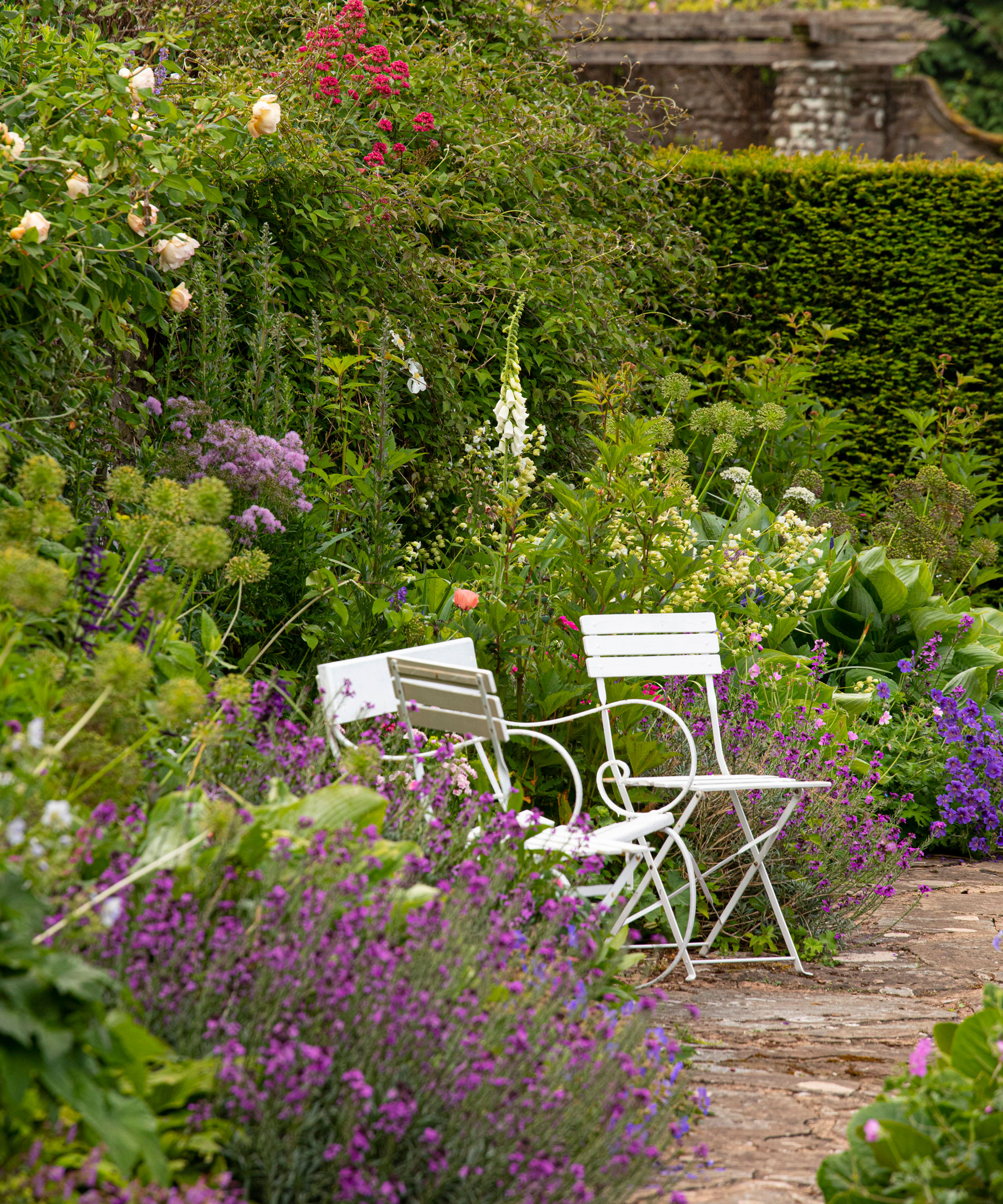
The intense summer heat is here, and whilst some plants like it hot, not all flowers in the garden are sun worshippers, and the relentless sweltering temperatures could be too blistering hot to handle and savage some of our favorite plants.
You may have a few tricks already up your sleeve for protecting plants in a heatwave, but some flowers need more attention in a heatwave and simply need us to provide physical shade from the blazing sun. This is where our old bedsheets come into play, as a modest but massively effective method of providing protection for our blooms.
Here's how your old bedsheets can save your garden from the searing heat this summer.
Why using bed sheets to protect plants from heat works

Old bedsheets are a perfect way to provide shelter, shade, and protection for your plants.
'During a heatwave, the combination of extreme heat, low humidity, and high sun exposure can cause several serious issues,' says gardening and preserving coach Robin Phelps.
'Wilting and leaf scorch, burned or faded blooms, accelerated water loss, leading to root stress, delayed or stunted growth, and soil compaction and crusting make water absorption harder. Even hardy, well-established plants will suffer when temperatures spike above 90°F (32°C) for extended periods.'
'A top tip for gardeners is to use old bedsheets to provide much-needed shade and protect delicate plants from peak sun.'
'During a heatwave, focus on keeping your garden hydrated, shaded, and stress-free. A little extra care can help your favorite flowers bounce back strong when cooler weather returns.' Robin explains.
How to use bed sheets to protect plants from heat

This garden idea is just as simple as it sounds, although it's probably wise to locate an old bedsheet you don't mind getting mucky.
Ensure the bed sheet is big enough to cover the area you want it to protect, and bear in mind the orientation of your yard. If your yard is south-facing, then you will be exposed to the most intense sunshine for the longest period. In which case, you may need to keep the sheet in place all day long for maximum protection.
If your yard is east-facing, then it will be exposed to intense sunlight in the morning hours, so you might find that you can remove the sheet (if you find it unsightly) by lunchtime.
The idea is to use the sheet as a barrier from the sun, so identify which way the sun shines into your yard, and use the sheet to block it. Blocking the hottest and most intense hours of sun is particularly important, and this will vary from yard to yard. Needless to say, if you skip this step, the whole exercise is somewhat futile (other than being a great laundry hack).
Don't physically cover your plants and flowers with the sheet; if the sheet is in direct contact with plants, it will cause them to heat up and may do more of a hindrance than a help. Instead, lay the sheets over a structure of some sort so it acts as a barrier and a makeshift shade cloth.
You can drape sheets over anything you have to hand in the garden, like garden stakes, pole bean teepees, or tomato cages.
Shop garden heat protection must-haves
If you adore this idea but not entirely sold on using old bedsheets, try these. They have superior UV protection and heat reduction blocking up to 90% of harmful UV rays.
At this time of year the garden needs more water than ever, and it can feel hard to keep up with the watering needed to keep your flowers happy. This sprinkler is ideal: it has 4 nozzles and different angles on each arm, so it will cover every area of your yard.







